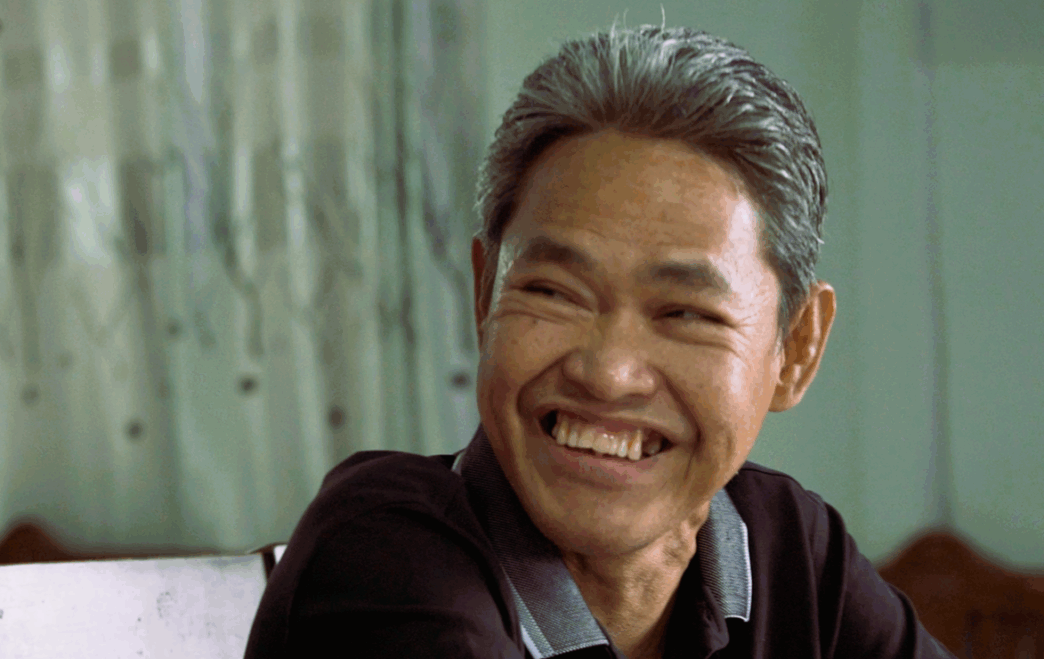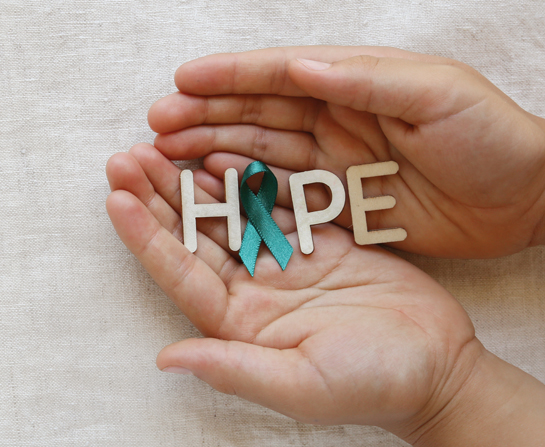Merpati Ahmad seems like any other schoolteacher at first glance, but beneath the surface, he battles burning muscle cramps, fatigue, and the looming risk of organ damage caused by Fabry disease — a rare genetic disorder affecting just 1 in 1,500 to 40,000 males depending on the type. Diagnosed only in 2016, Merpati now receives weekly enzyme replacement therapy to manage symptoms and protect his organs.
WORDS LIM TECK CHOON
Merpati Ahmad may appear ordinary at the surface, but this schoolteacher experiences burning cramps in the muscles of his arms and legs, which become worse in hot weather and after an exercise.
“I find it difficult to bear it when the weather is hot–I am easily tired and I may experience muscle cramps or even faint,” he shares.
Lurking under the surface is the risk of organ damage, especially kidney impairment and heart problems.
Merpati Ahmad has Fabry disease.
- What this means is that his body has abnormally low levels of an enzyme called alpha-galactosidase-A, due to a genetic mutation that disrupts the production of this enzyme.
- The enzyme helps to break down fats in the body. Due to the insufficient amounts present, Merpati’s body experiences instead abnormal build-up of fats in his blood vessels and various tissues.
- The abnormal build-up of fats puts him at high risk of heart attack, stroke, and kidney failure.
RECEIVING THE DIAGNOSIS
In the early 2000s, Merpati knew something was wrong.
“I had symptoms like water retention with swollen feet. I often felt tired, and I would get sick easily with high fever,” he says.
Blood tests in 2008 revealed that there were high amounts of protein in his urine, which is usually a sign of kidney problems.
However, he was only diagnosed with Fabry disease in 2016 and received his first treatment at the end of 2018.
- A big part of the difficulties in diagnosing Fabry disease is due to how rare it is.
- Only about 1 out of 40,000 males around the world develops Fabry disease during childhood — such cases are called classic Fabry disease.
- Men with late-onset or atypical Fabry disease experience symptoms only when they are in their thirties or older — such as Merpati — and this type of Fabry disease affects 1 out of 1,500 to 4,000 males.
Upon receiving his diagnosis, Merpati was besieged by doubts and concerns. “There were so many questions in my mind—how did I contract this disease? How am I going face it? Can I afford it? As a husband and father, would I be able to see my children grow up?”
He shared his diagnosis with the person closest to him, his beloved wife and confidante. The news was a heavy blow to the two of them, but she urged her husband to stay strong and have faith.
THE DAYS AND ROAD AHEAD
In the days ahead, pain and discomfort become a regular torment in Merpati’s life.
In a bitter twist of irony, he teaches physical education, but now his disease makes it very difficult for him to carry out his responsibilities.
Fortunately, his colleagues rallied around him. “My colleagues have been understanding and I can continue to teach physical education by requesting lessons before 11 am, before it gets really hot,” he tells us.
THE PRICE OF TREATMENT
Currently, there is no cure for Fabry disease.
Instead, Merpati currently receives weekly enzyme replacement therapy or ERT, which supplies his body with the enzyme alpha-galactosidase-A that it can’t produce on its own. This therapy helps his body to break down fats and reduce the fat build-up in his body.
ERT also helps to reduce his pain and protect his organs from damage. “Since beginning treatment, I don’t fall sick as easily as before,” he says.
Each session takes about 3 hours. Merpati also goes for dialysis twice a week as a result of his impaired kidney function. He calculates that he spends about 30 hours at the hospital every month.
He could adjust to the long hours at the hospital and alter his routines to accommodate the changes in his body caused by the disease. What he couldn’t shake off is his concern about the cost of his treatment.
“Treatment for my condition is very expensive, around RM100,000 a year,” he reveals.
Currently, he can go for treatment due to financial aid from the Ministry of Education, but there is no certainty that such an aid will still be available to him in the future.
Nonetheless, he remains optimistic about the future. “The doctor tells me that, with consistent treatment, the dosage will be gradually reduced. I feel some improvement after each therapy, and I hope this will continue so I can live a normal life,” he says.
SUPPORT AND HOPE
Merpati is profusely grateful that he is able to receive treatment for his disease, as well as for the outpouring of support and understanding from his family, friends, and colleagues.
He is also aware that there are others in his situation that may not be as fortunate as him. Clearly, much more needs to be done for rare disease patients in Malaysia.
“I think family support is very important for someone like me who suffers from a rare disease,” he muses. “Without it, we would become easily depressed and just give up. However, with family support, we will feel more positive and not dwell on negative thoughts.”
To other people living with rare diseases, he tells them to find courage and hope. “This is my advice to anyone who finds themselves in my position—to be strong and positive so that we do not become a burden to others, even as we work towards goodness and find more ways to support others with rare diseases.”
| This article is part of our series of inspiring real-life stories of the people in Malaysia. |








